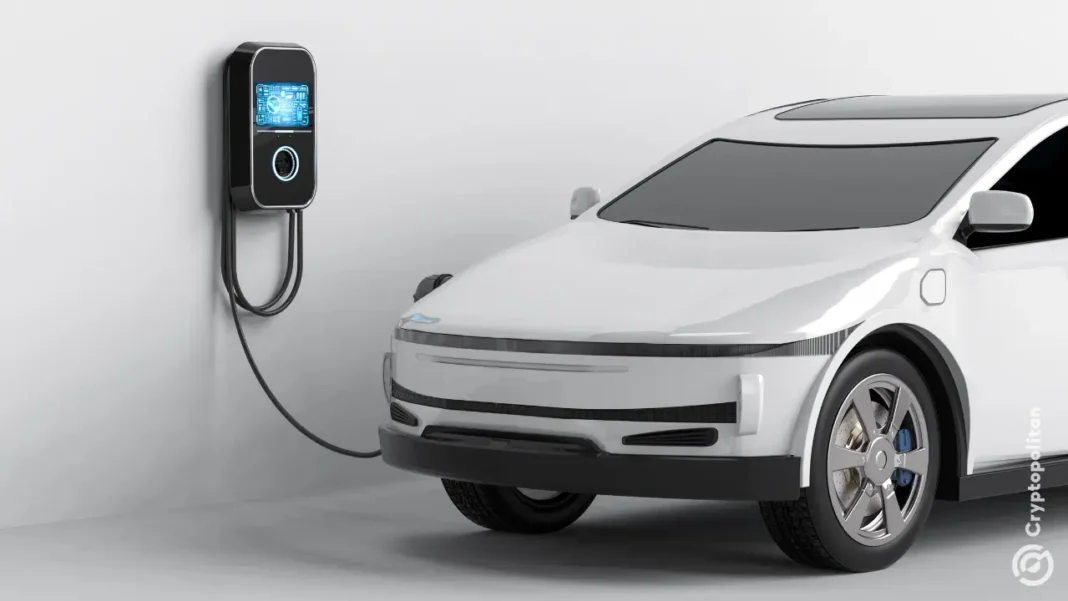The Chinese Automotive Tsunami
Dominating Market Share
The numbers don’t lie. As of September 2024, Chinese brands – spearheaded by BYD, MG, and Chery – secured a record 7.4% of European passenger car sales. This isn’t a flash in the pan; it’s a consistent upward trend, a signal that the market landscape is undergoing a fundamental transformation. Consider that this figure surpasses the market share of established South Korean automakers like Kia, illustrating the speed at which Chinese manufacturers are gaining ground.
Analysts at Dataforce are highlighting the fact that UK consumers are embracing Chinese car brands more enthusiastically than those in any other European country. Almost half of all Chinese cars sold in Europe in September found homes in the UK. This is due to a number of factors, including the twice-yearly licence-plate changeover, which stimulates sales, and import taxes that are significantly lower than those levied by the EU on Chinese EVs. Given the current trajectory, projections for 2025 suggest Chinese brands could potentially capture over 10% of the total European market share, solidifying their position as a major player. The UK remains a strategic beachhead.
Plug-in Hybrids: The Trojan Horse
While fully electric vehicles dominate the crypto conversation, Chinese manufacturers are cleverly exploiting the existing infrastructure and consumer preferences by focusing on plug-in hybrids. These vehicles offer a practical bridge for consumers hesitant to fully commit to electric, providing the benefits of electric driving with the security of a traditional engine. In September 2024, plug-in hybrid sales surged by a staggering 62% across greater Europe, compared to a more modest 15% increase in conventional hybrid sales. Crucially, Chinese brands captured a remarkable 20% of Europe’s plug-in hybrid segment in September, a substantial jump from the previous month. The EV market share of Chinese automakers also advanced 1.7 percentage points to 11% in September, or 13% once Leapmotor and Ebro-Chery’s joint sales are included. This hybrid strategy is proving to be a highly effective entry point into the European market.
Strategic UK Expansion
The UK market is proving particularly receptive to Chinese brands, and manufacturers are capitalising on this by aggressively expanding their dealership networks. Consider BYD, which, in under two and a half years since entering the UK market, has already established 100 franchised outlets nationwide. This rapid expansion signals a long-term commitment to the UK market and a clear strategy to capture significant market share. The low UK import tax rate of just 10% for EVs is a major attraction compared to higher EU tariffs.
The European Response
Trade Wars and Protectionism
The rise of Chinese EV manufacturers has triggered a protectionist response from the European Union, with the implementation of tariffs aimed at levelling the playing field. However, these measures may be insufficient to stem the tide. European automakers are also being dragged into a new trade dispute centred on a Dutch chip supplier, following Beijing’s restrictions on certain exports. These restrictions could further disrupt the industry and create additional challenges for European manufacturers, especially as access to specialised chips becomes a critical bottleneck in the EV supply chain.
The US Factor: A Missed Opportunity?
The US, once seen as a key contender in the EV race, is facing setbacks that could further strengthen China’s dominance. Changes in US policy, including the roll-back of EV incentives and the relaxation of emission standards, have led to a significant drop in investment in the EV sector. The ripple effects of these decisions are being felt globally, potentially bolstering China’s position in the EV market. This is a warning to Europe: policy decisions have real-world consequences, and a lack of support for the EV transition could prove costly in the long run.
European Automakers: Adapt or Perish
The writing is on the wall for European automakers. They must rapidly adapt to the changing market dynamics by investing heavily in EV technology, improving battery production efficiency, and developing competitive pricing strategies. The current dependence on plug-in hybrids is unsustainable in the long term; a focus on fully electric vehicles is essential to remain competitive. Collaboration and consolidation within the European automotive industry may also be necessary to pool resources and expertise. Failure to adapt will result in a further erosion of market share and a future dominated by Chinese EV manufacturers. The next few years will be pivotal in determining the future of the European automotive industry.
The Crypto Connection
The rise of Chinese EVs has wider implications for the crypto community. The increased demand for batteries and electric components will further incentivise the development of blockchain-based supply chain solutions for the critical minerals used in battery production. The need for secure and transparent tracking of these materials will only grow as the EV market expands, creating opportunities for crypto startups operating in this space. Furthermore, the competition between different EV manufacturers may lead to the integration of crypto payment solutions in vehicles, opening up new avenues for adoption and innovation.






